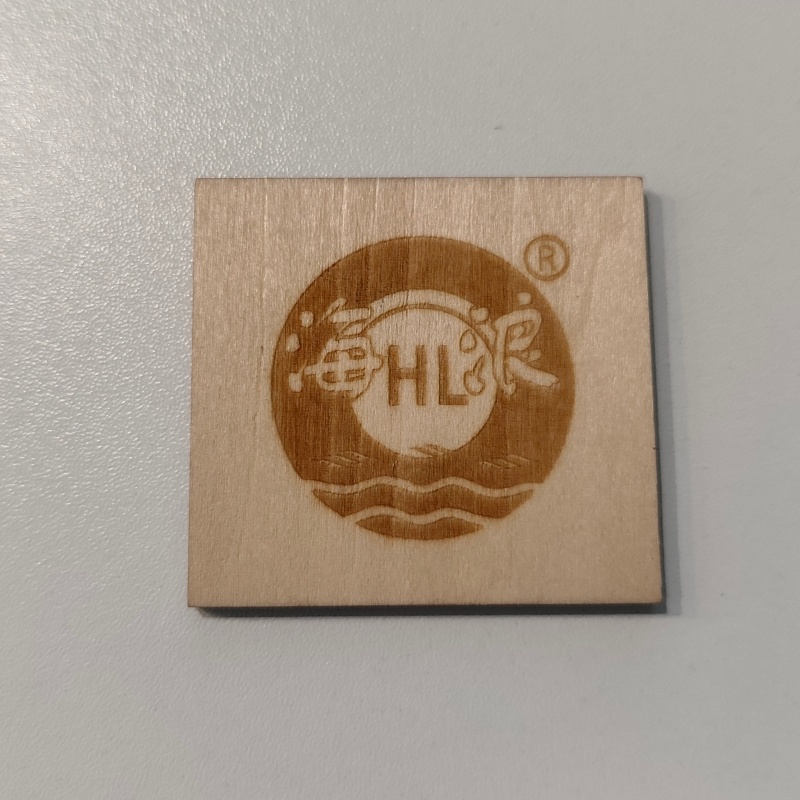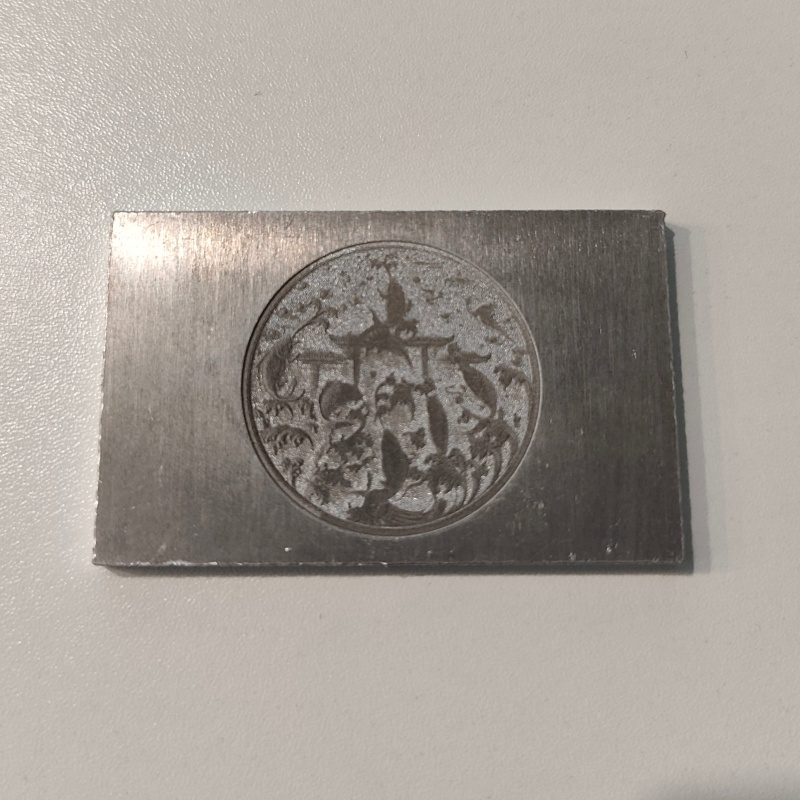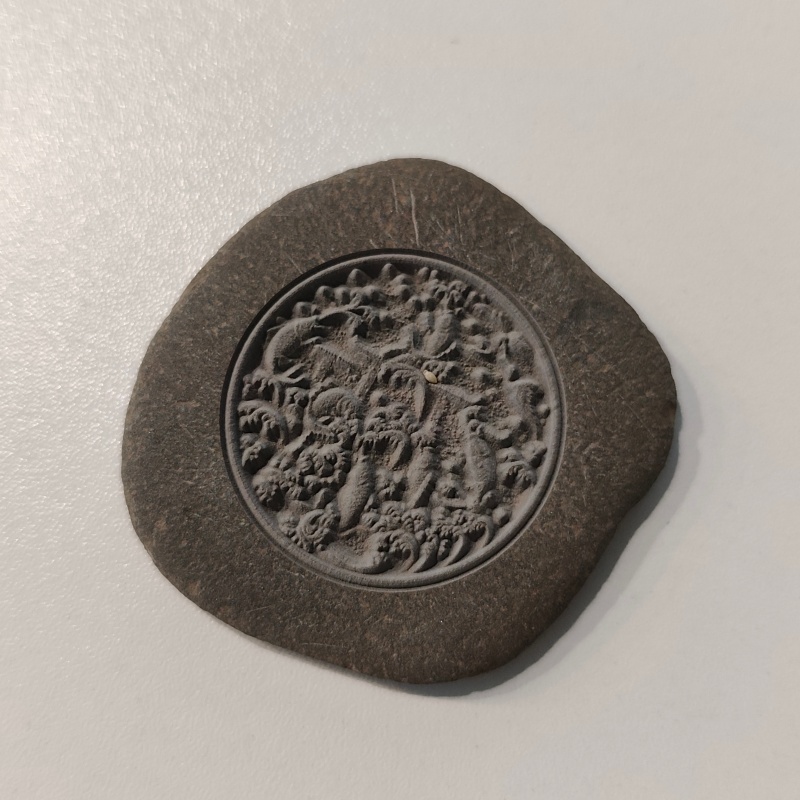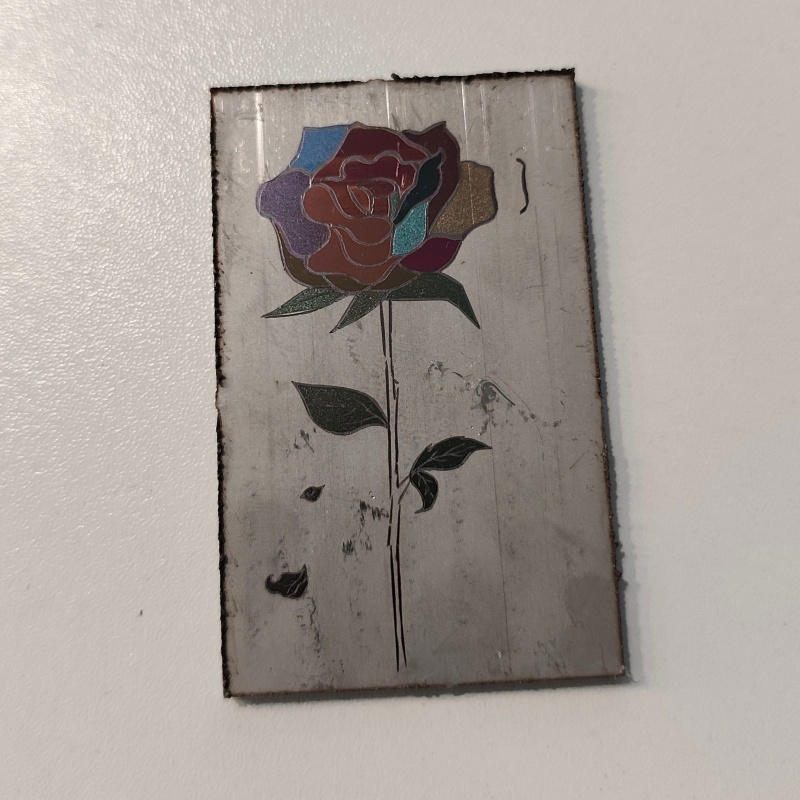Amid the booming cultural and creative industries, consumers are increasingly demanding personalized and unique products. As high-precision, high-efficiency processing equipment, laser marking machines are gradually transcending the limitations of industrial applications and becoming a “creative artifact” in the cultural and creative sector. Their non-contact processing capabilities allow them to create delicate, lasting marks on a wide range of materials, injecting new vitality into cultural and creative products and making customization and cultural heritage more accessible.
The core advantage of laser marking machines lies in their wide adaptability to various materials and their precision. Whether working with wood, metal, glass, ceramics, leather, or acrylic, laser marking machines can adjust laser parameters based on the material’s characteristics, achieving clear reproduction of everything from fine textures to three-dimensional patterns. Compared to traditional engraving and silk-screen printing processes, laser marking eliminates the need for mold production, reducing the cost of small-batch production and enabling rapid design iterations, enabling designers to quickly realize their creative ideas. This flexibility perfectly aligns with the core characteristics of cultural and creative products: small yet beautiful and personalized. Laser marking machines are particularly effective in the field of wood-based cultural and creative products. Laser engraving transforms the otherwise plain wood surface into a layered, layered design. For example, the landscapes, flowers, and birds of traditional ink paintings can be reproduced on a wooden box through laser engraving, creating delicate, smooth lines that preserve the wood’s natural texture while imbuing it with cultural connotations. Customized wooden couple tags can be engraved with names, anniversary dates, or even handwritten love messages. The bas-relief texture created by the laser makes each item a unique and emotionally charged experience. Furthermore, engraving cartoon characters or pinyin letters onto wooden puzzles and children’s educational toys enhances the product’s playfulness while avoiding the potential safety hazards of paint or other decorative materials.


Metal-based cultural and creative products are another area where laser marking machines are particularly useful. Laser marking can achieve high-precision text and image marking on small cultural and creative products such as metal badges, keychains, and commemorative coins. For example, designers can laser-engraved the detailed outlines of landmark buildings (such as the Forbidden City in Beijing and the Oriental Pearl Tower in Shanghai) onto metal surfaces, then incorporate techniques like hollowing and brushing to create badges that are both visually appealing and collectible. Laser marking offers unique advantages in silver jewelry—it can create millimeter-level patterns, even miniature calligraphy, on silver bracelets and pendants. The markings are resistant to wear and fading, effectively resolving the issues of deformation and blurred designs associated with traditional silver jewelry engraving. Many silver jewelry brands now offer customized services, allowing consumers to provide handwritten messages or simple sketches, which are then laser-marked directly onto silver jewelry, transforming them into time-honored keepsakes.
Laser marking has also overcome the challenges of fragile and difficult-to-process materials in glass and ceramics. Laser marking machines can create translucent designs or text on glass and ceramic cups, preserving the transparency of the material while preventing stickers and painted designs from fading. For example, cultural and creative brands have engraved ancient poetry and solar term illustrations onto glass cups. When hot water is poured into them, the designs on the cups seem to come alive, transforming them into everyday items that combine practicality and aesthetic value. On ceramic tea sets, lasers can precisely carve delicate patterns like leaf veins and cloud patterns, complementing the warm texture of ceramic to embody the charm of Eastern aesthetics. Furthermore, laser marking allows for personalized customization, such as engraving family photos or company logos on ceramic commemorative plates, transforming ceramic cultural and creative products from “mass production” into “customized” products.
Notably, laser marking machines can be deeply integrated into traditional culture in cultural and creative applications, promoting the preservation and innovation of intangible cultural heritage techniques. For example, in paper-cutting, laser marking can replicate the cutout patterns while avoiding the problems of hand-cut paper-cutting, which is prone to breakage and low production yields. In shadow puppetry, lasers can create intricate figural patterns on leather. Combined with modern lighting and shadow techniques, these traditional puppets are revitalized. Furthermore, laser marking can also achieve the cross-industry integration of “cultural creativity + technology.” For example, an NFC chip can be embedded in a wooden cultural product, and laser engraving can conceal the chip’s presence. Consumers can then touch the product with their phones to view the cultural story and designer’s concept behind it, making the product an interactive and communicable cultural medium.

Of course, laser marking machines must also adhere to the principle of moderation in cultural and creative applications. Over-reliance on technology can cause cultural and creative products to lose the warmth of handmade creations. Therefore, many designers combine laser marking with hand-polishing and hand-painting techniques to ensure product precision while preserving the uniqueness of handmade creations. Furthermore, when choosing materials, it’s important to select the right materials based on the laser marking’s characteristics to avoid poor processing results or the generation of harmful substances due to material mismatches.
From industrial equipment to cultural and creative tools, the cross-industry application of laser marking machines has not only expanded its own development space but also promoted the personalized and refined upgrade of the cultural and creative industry. It allows each cultural and creative product to carry unique creativity and emotion, and provides a more vivid and engaging expression of cultural heritage. In the future, with the continuous iteration of laser technology, I believe that laser marking machines will unlock more cultural and creative ways of playing, and inject a continuous source of innovative power into the cultural and creative industry.



